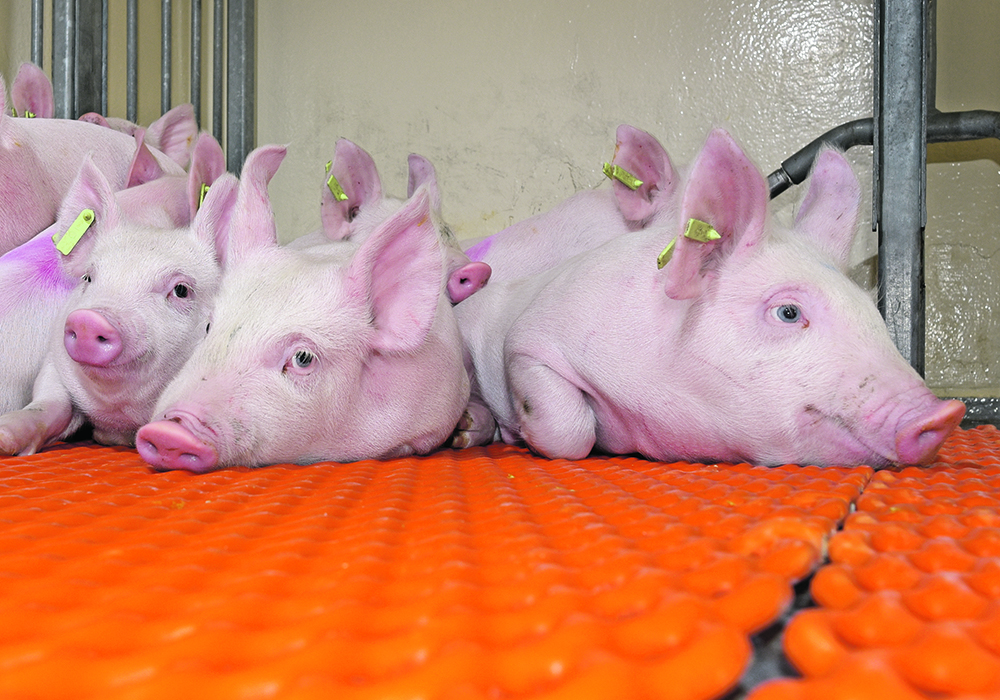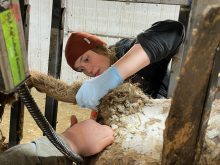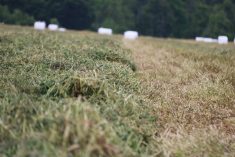A technology developer from Denmark has devised a system that provides smaller piglets with a safer way to feed
A problem with crushed piglets and a problem with hungry piglets might be aspects of the same problem.
So suggested Lars Brunse, a Danish swine expert and technology developer whose company examined 308 crushed piglets to see if they had similarities.
It found that 78 percent had empty stomachs and 56 percent had never had milk.
“If we can put something into the stomach … the piglets are not hungry, and if the piglets are not hungry (they won’t get into crushing situations,)” Brunse concluded.
Desperation for milk leads small and weak piglets to try reaching teats in the night, putting themselves into risky positions with drowsy sows.
Brunse’s system employs “split milking,” in which the biggest, strongest newborn piglets are removed after getting a belly full of milk, allowing the smaller ones to feed. That happens about seven hours after birth.
The smallest, weakest piglets can be removed and given milk from a bottle inside a warm nesting area. Overnight they get a chance to feed and survive.
Sows now have 18 to 22 piglets per litter, so the fight for access to milk can be intense. The smallest piglets need help getting the colostrum they need in their first day of life, Brunse said.
The same focus on care works with sows, he said, in a free farrowing system that allows piglets and their mother to mingle more freely than in conventional farrowing systems.
Having a warm area for the piglets helps keep them safe, while having a cool concrete pad for the sow keeps her happy.
“Be good friends with your sow,” said Brunse. “The pens are really enjoyable to work in.”
Only a few farms in Denmark employ free farrowing, but some in Norway and Sweden have been using it for 20 years, so it is possible if done right, Brunse said. That’s why his company has developed a way to work with today’s pigs.
“Here we have a system ready for the future.”
















